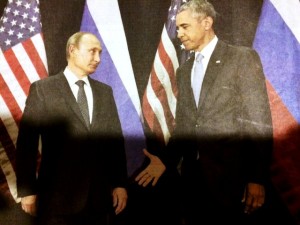James Comey and his memoir are tripping the media light fantastic, though what’s defined that trip so far is its lack of news. Mr. Comey explains the many and varied ways that he does not like President Trump. Mr. Comey explains the many and varied ways that he does like himself. Tell us something we don’t know.
People forget that directors of the Federal Bureau of Investigation — by necessity — are among Washington’s most skilled operators, experts in appearing to answer questions even as they provide pablum. Yet the publicity tour rolls on, which means that upcoming interviewers still have an opportunity to do the country — and our profession — a favor. Here are a few basic questions Mr. Comey should be expected to answer:
• You admit the Christopher Steele dossier was still “unverified” when the FBI used it as the basis of a surveillance warrant against Carter Page. Please explain. Also explain the decision to withhold from the Foreign Intelligence Surveillance Court that the dossier was financed by the Hillary Clinton campaign.
• You refer to Mr. Steele as a “credible” source. Does the FBI routinely view as “credible” sources who work for political operatives? Did the FBI do any due diligence on his employer, Fusion GPS? Were you aware it is an opposition-research firm? If not, why not?
Keep reading Kimberley Strassel’s column in the Wall Street Journal.

